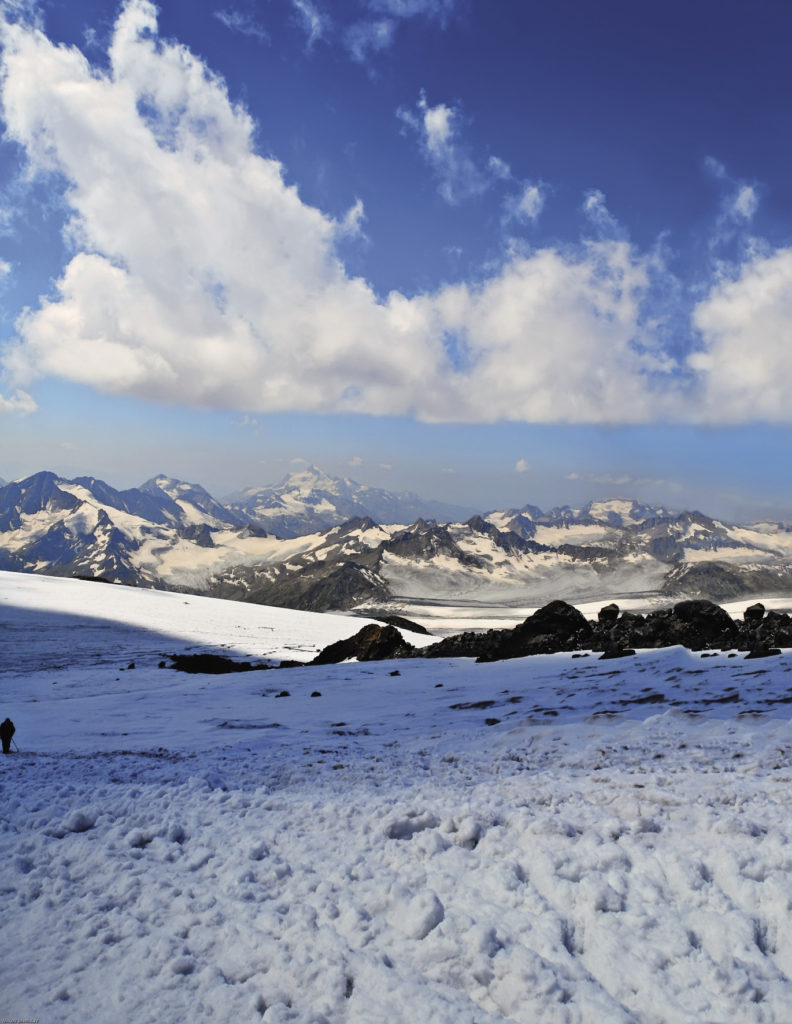Every day, we scale professional and creative heights, work at the peak of our abilities, and strive to avoid the precipices of hardship and despair. Living in modern cities, working in comfortable offices, we still envision our lives in terms of a difficult but ambitious mountain ascent. Isn’t it time, then, to move from metaphors to a real encounter with mountains, time to scale your first real summit?
TEXT: EKATERINA LYULCHAK
There are a great number of destinations in Russia suitable for mountaineering beginners to go trekking. For the most part, popular treks run through the “small mountains” – the Khibiny, the Urals, the Sayan, or in Kamchatka – or through the foothills of the “big mountains” – the Caucasus and Altai.
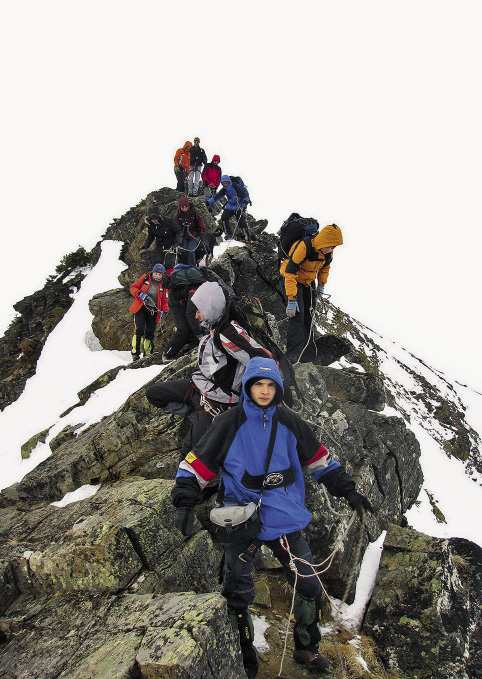
Mounts Narodnaya and Manaraga
These mountains are a good starting point for anyone who has never been mountaineering before. Mount Narodnaya (1895m) is the highest peak in the Urals, located within the Yugid Va National Park, which is on the list of UNESCO World Heritage Sites. It is also the largest national park in Russia. Not far from Narodnaya stands Mount Manaraga (1662m), which is considered to be the most beautiful mountain of the Subarctic Ural Region. The great advantage for beginners is the proximity of these two mountains, making it easy to reach both peaks in a single trek. A standard trek lasts nine days, and covers a 110km walking route.
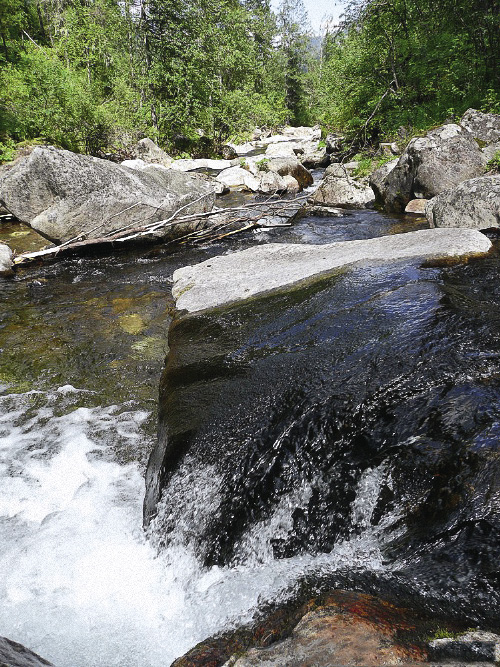
Trekking in the Urals is not expensive – around $160 per person, which includes transfer in an SUV from Inty Station to the Zhelannaya Camp, from which your trek begins. You’ll be welcomed there by your guide and instructor, with hire equipment already prepared for you – a tent, a sleeping bag, a gas stove, and (to the joy of every traveler) a mobile sauna. Narodnaya is even suitable for older children, as the ascent is rated in the simplest 1A category.
Getting there:
The first point on your journey is Vorkuta (flights from Moscow from $130). From there you can take the train to Inta. The five-hour train trip costs $8.
EXPERT OPINIONS
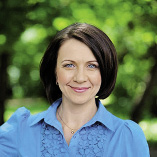 YULIA NAUMOVA, Assistant Director of SunTrek:
YULIA NAUMOVA, Assistant Director of SunTrek:
“For us, the highest demand is for uncategorized mountain treks. These are popular with a wide range of tourists, including families with young children and pensioners – everybody who wants to enjoy the beauty of the mountains, but do so in comfort and with no risk. Our most popular routes are in the Elbrus foothills, Dombay, and Arkhyz. We’ve given up on tents and heavy rucksacks. All through the treks, our tourists spend the night in hotels with showers and a proper breakfast, and eat their meals in cafés. They are taken to the start of their trek by car, and collected at that end. A standard trek can last four hours or the whole day, but the pace and intensity of the trekking is always tailored to the travelers’ capabilities. People can take a walk through the hills, take a rest when they want to, and stop for unhurried photography.
Cherskiy Peak
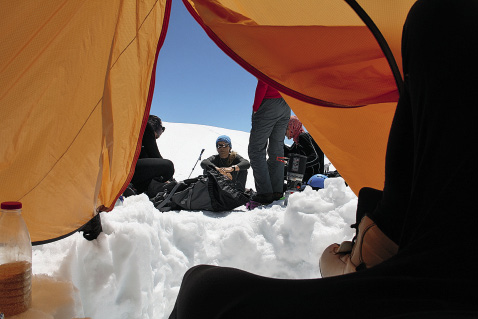
The Khamar-Daban mountain range, which is crowned by Cherskiy Peak (2090m), is one of the most interesting and picturesque regions of all Eastern Siberia. The mountains here are not high, but they are very munificent, with lots of berries, mushrooms, and pine nuts (khamar means “nut” in the Buryat language). It is also the location of the most interesting floatable rivers and warm lakes. The climate here is very humid, and Khamar-Daban is often referred to as the “Siberian tropics”. A walk through the charming forest clears the lungs and calms the nerves, while a climb up Cherskiy Peak offers the reward of fantastic views of Lake Baikal. The ascent of Cherskiy Peak is not considered difficult, and visitors make the climb and back in just a few hours, with a camera, a thermos of tea, and a good mood being the only provisions required. A standard itinerary with three days of trekking and climbing costs $65-80, which includes accommodation at a leisure camp then in tents at a campsite, food, and a guide/instructor. Rafting down the Irkut River of Class 2 or Class 3 difficulty can be added to the itinerary, for those who are interested.
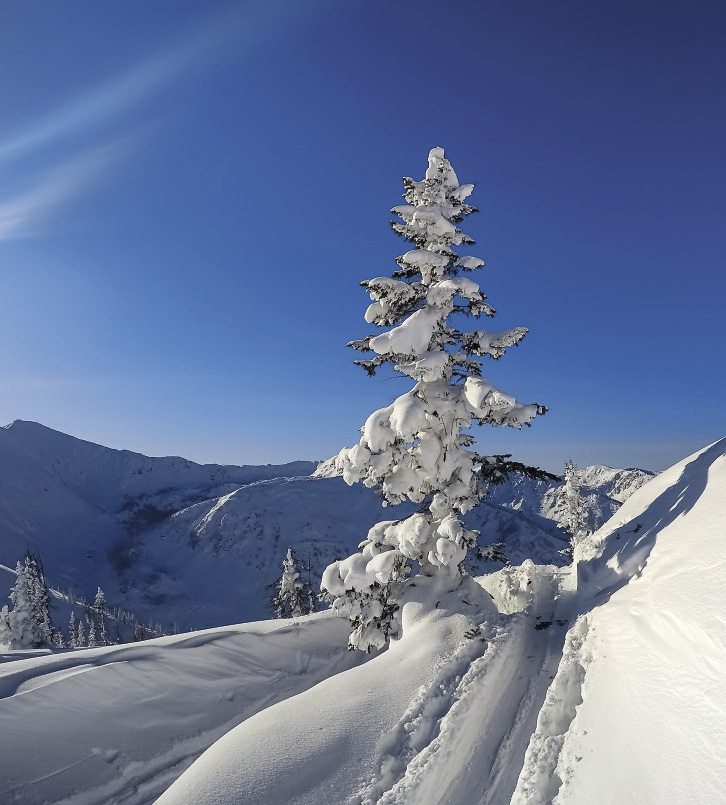
Trekking in the Urals is not expensive – around $160 per person, which includes transfer, a guide and instructor, and equipment hire – tent, sleeping bag, and gas stove, and (to the joy of every traveler) a mobile sauna.
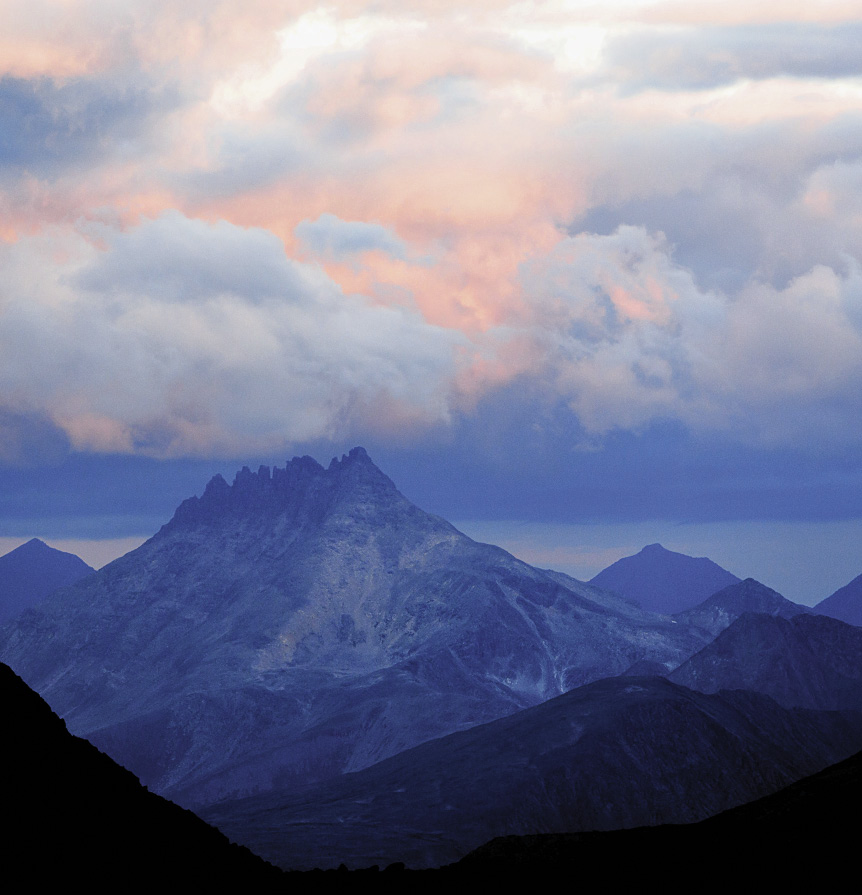
Getting there:
First fly to Irkutsk (direct flights from Moscow are around $370), and then take the train to Slyudyanka ($8-16), which takes around eight hours.
Oshten
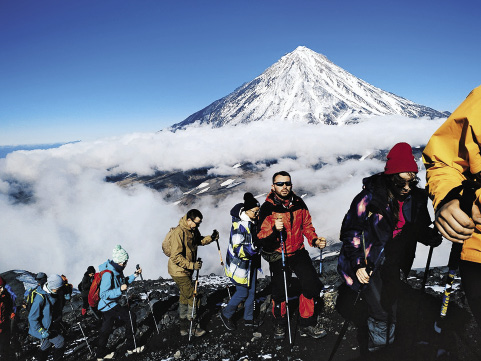
Oshten (2804m) is a peak in the Lago-Naki Uplands, part of the foothills of Mount Elbrus. Once upon a time, Oshten was a coral reef in an ancient ocean, which is what gives its cliffs their pinkish tone. Here you can find fossilized ammonites (ancient molluscs), and the imprints of starfish, sea-urchins, and coral in the stones. The simple ascent (category 1A) and the many interesting palaeontological finds on the route to Oshten make it very popular with travellers. The best time for trekking in Lago-Naki and an ascent of Oshten is between May and October. These are the months when the slopes are free of snow, and the routes are accessible for almost anybody. Don’t forget, however, to bring hiking poles with you to help on the steeper ascents and descents. A big advantage of travel in the Elbrus region is the comparatively well-developed infrastructure for tourists. There’s no problem here finding somewhere to spend the night. Three days of trekking with food, lodging at the superior Lago-Naki leisure camp, and ascent of Oshten with an instructor costs $160-200.
Getting there:
You can get to Krasnodar by plane, train or automobile for $50-80, then take a local train to Khadzhokh for a further $3.
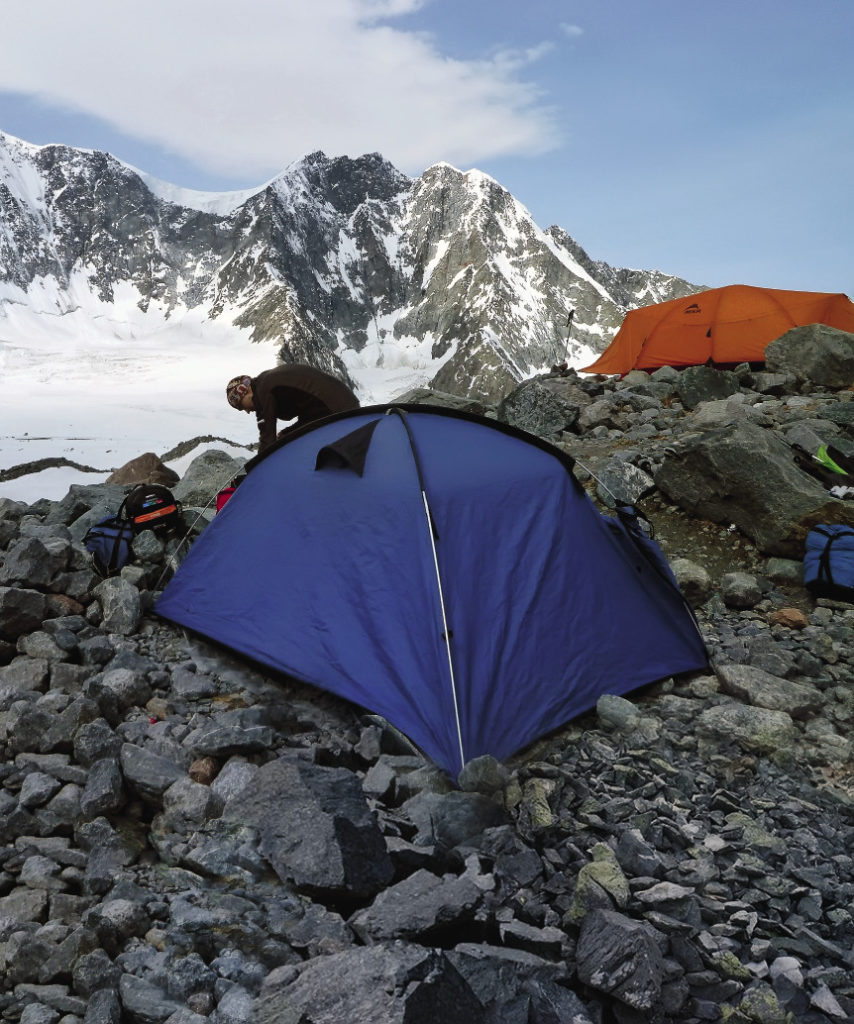
Khibiny
The Khibiny Mountains, located within the Arctic Circle on the Kola Peninsula, offer a well-established trekking route that runs through seven simple mountain passes. The Khibiny are not the highest mountains in the world, but they do boast 400m precipices. The highest point in the Khibiny is Mount Yudychvumchorr. Although only 1,200m high, the thin Arctic air on its slopes gives the feel of ascending a much higher mountain. The Khibiny are very beautiful, the mountainsides covered with ice caves, glacial cirques, and more than 30 mountain lakes with exceptionally pure water.
The trekking routes in the Khibiny are normally circular, with tourists making a trek of about 100km to return to their departure point. Throughout the trek, you pitch camp every night with the help of your guide. No special equipment is required beyond the standard set of hiking provisions – sleeping bags, appropriate
clothing, walking boots, and a thermos. Even though there is no actual climbing involved, trekking in the Khibiny is restricted to those older than 14. A week-long trek works out at around $160-190 per person.
Getting there:
The flight from Moscow to Apatity is relatively lowcost – from $80. From Apatity, it’s best to order a taxi, which for only $8 will take you to the required leisure camp.
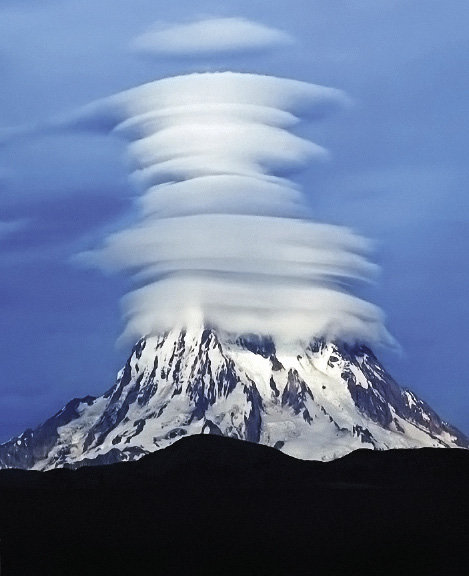
Avacha Volcano
To ascend not just any peak, but to conquer the summit of a real volcano is a challenge for the particularly adventurous. To view a panorama of massive fire-breathing mountains and to look right inside a crater is possible in Kamchatka. Avacha Volcano (2,741m) is located 30km from Petropavlovsk-Kamchatsky. Climbers are taken to the base of the volcano, where they are put up in guest houses for a night. You can leave most of your belongings there, as no special equipment is required and all you need is a small rucksack with dry food and spare clothes. The route of ascent takes you across lava fields, over the deep crevasse of the Sukhaya River, and up to the crest of the volcano. The ascent takes 6-8 hours, and the return trek is a further 3-4 hours. The distance covered on the ascent is only 8km, but the final stage of the climb, where the incline is 30º, takes some effort. The trekking season runs from the end of July to the beginning of September, and the cost of the tour per person is $120.
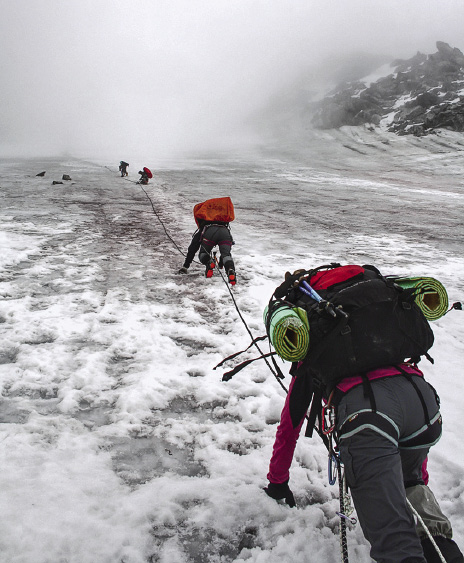
Getting there:
A ticket to Petropavlovsk-Kamchatsky from Moscow is not cheap – upwards of $400. From there, it’s easiest to order a taxi, which will cost around $8.
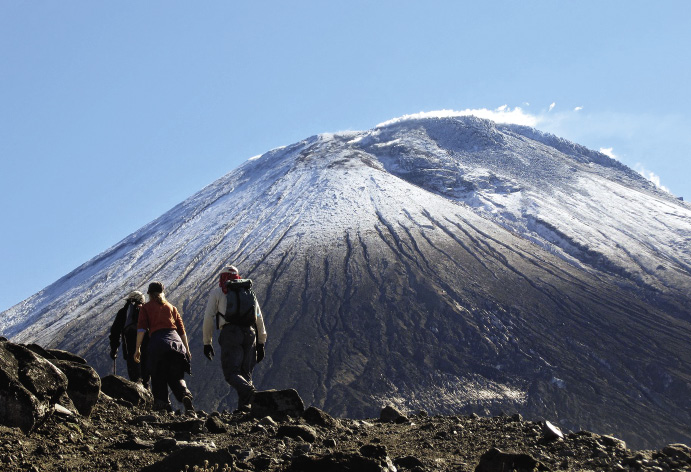
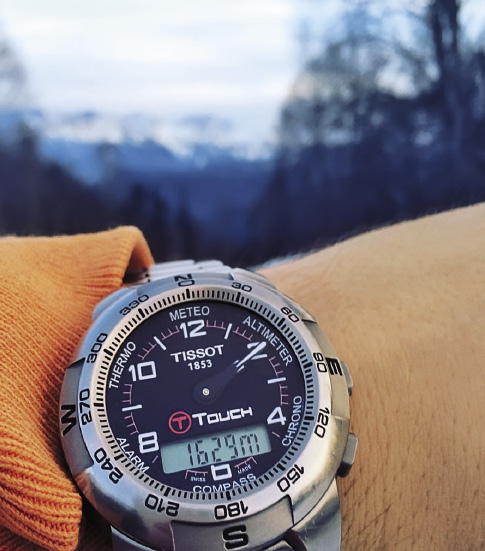
If you’re preparing for a serious ascent, you’ll need grapnels, a harness, an icepick, a helmet, three locking carabiners, climbing boots, lined over boots, and a safety lanyard.
EXPERT OPINIONS
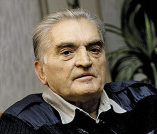 VLADIMIR KAVUNENKO, international master mountaineer:
VLADIMIR KAVUNENKO, international master mountaineer:
If you’re going to the mountains, you have to understand that a tourist is not the same as a mountaineer. There are many mountains it’s better not to visit for people who just want to relax and enjoy the view. Moreover, the difficulty of the ascent is not always dependent on the height. For example, my favourite mountain Ushba (4,700m) in the Central Caucasus is lower than Elbrus, but far harder to climb. Its double summit is known throughout the mountaineering world. There’s even a club of “Ushba lovers” in England – the mountaineering elite. However, for beginners even Elbrus is dangerous. The weather changes there very quickly, and sometimes the wind twists so hard it’s impossible to move. That’s why those who love the mountains are brave, but also cautious. I’d recommend beginners start slowly, and definitely get some proper instruction and training.
Belukha
The Altai beauty Belukha (4,509m) is one of Russia’s highest mountains. Legend has it that this is the site of the hub of the universe and the gateway to the mystical Shambala. The route of ascent on Belukha can be divided into two parts – the trekking stage and the technical stage. The trekking stage, which is suitable even for children, starts in the village of Tyungur, follows a forest path up the mountain slope, and ends when you emerge at the pretty Akkemskoye Lake, where the group makes a base camp. Here at the base of Belukha, there are various leisure camps with different levels of comfort, and for $13-16 per night you can rent a room in a guest house, for example at the Vysotnik leisure camp.
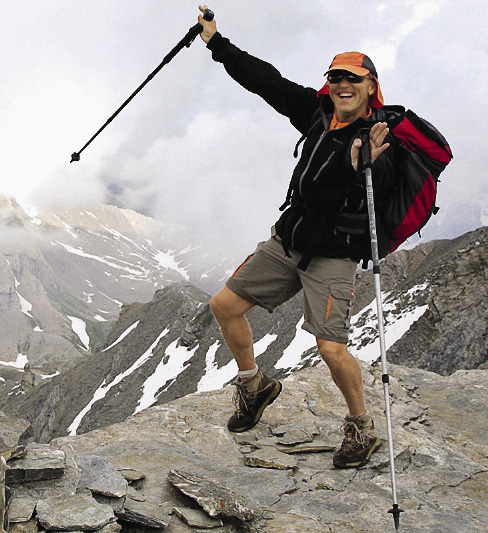
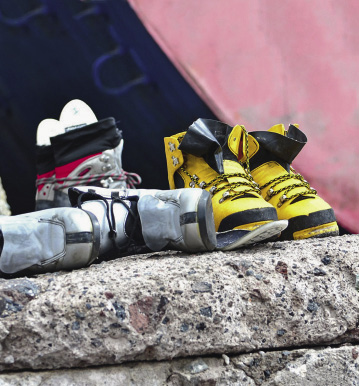
Once at camp, the experienced and properly trained climbers – the only ones who can continue the ascent – start to get acclimatized with trips out onto the ice to practice with ice-climbing gear. From here on, the ascent is classified in the very challenging 3A category. The climb goes up snow-covered cliffs, and in place you’ll encounter the odd glacier. You’ll need to take with you a proper climbing rucksack with grapnels, an ice pick, and sleeping bag. After a ten-hour climb to the summit of Belukha, the mountaineers return to base. The full trek with final ascent takes around ten days and costs $800.
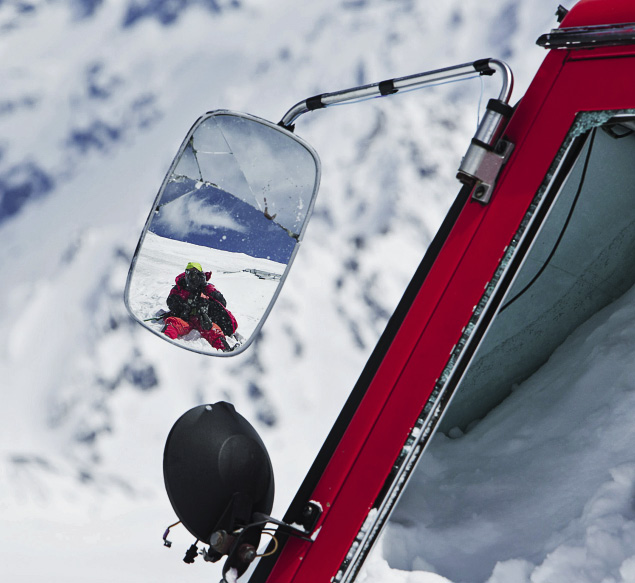
Getting there:
The starting point for the trip is Gorno-Altaysk (flights from Moscow start at $320). Cheap buses run from there to Tyungur – the village at the foot of Belukha.
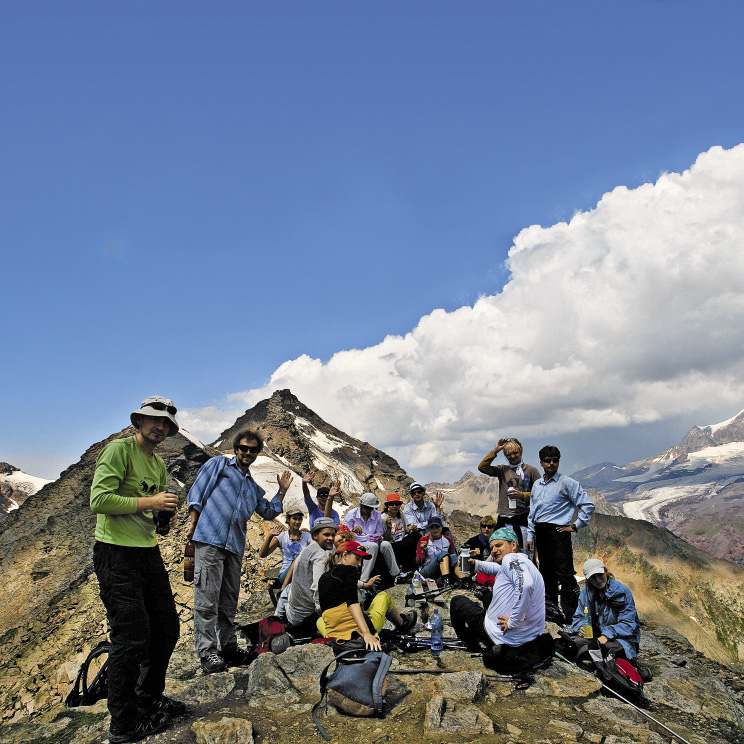
Elbrus
The magnificent two-headed Elbrus (5,642m) is the crowning achievement for amateur mountaineers in Russia. Before beginning their ascent on the highest peak in the country, visitors get acclimatized in the Adyl-Su ravine, where they make short climbs in the foothills of Elbrus, during which they visit the observatory at the summit of Terscop Peak and the Devichi Kosy (“Maiden’s Tresses”) waterfall. Then they spend two or three days with instructors making preparatory climbs to heights of 4,000–5,000m, sleeping in tents or leisure camps. On the seventh day, they make the ascent on the western peak of Elbrus.
The ascent and return to camp take up to 14 hours. The classic southern route is classed as of medium difficulty (2A), while other routes are all classed as difficult (3A), so tourists need to be in good shape and properly equipped. If you’re not confident in your abilities, however, you can opt for a more comfortable ascent with the help of winches and snowcats. Ten days on Elbrus with accommodation, meals, and guide services included cost around $480.
Getting there:
The nearest airports to Elbrus are in Nalchik and Mineralnye Vody (flights from Moscow from $80). For there to the village of Terskol, where trekking routes begin, there are scheduled buses or you can take a taxi.
